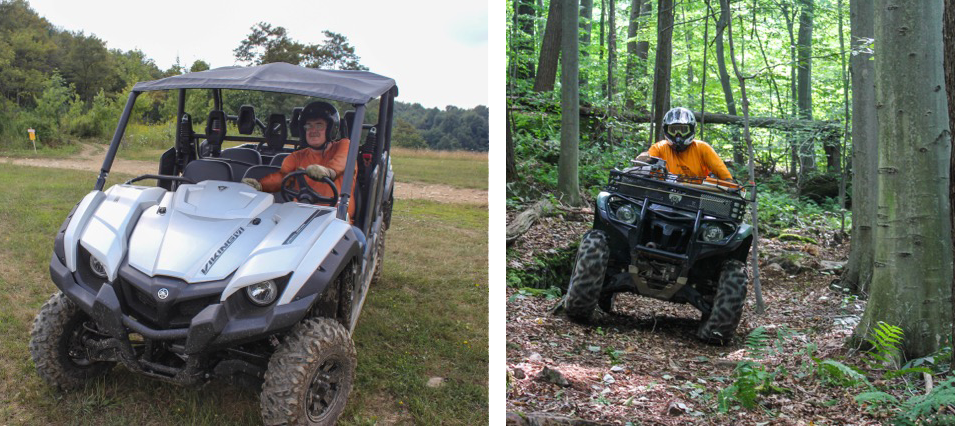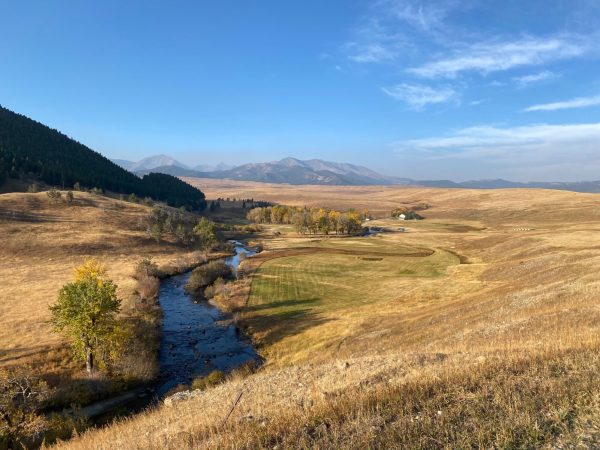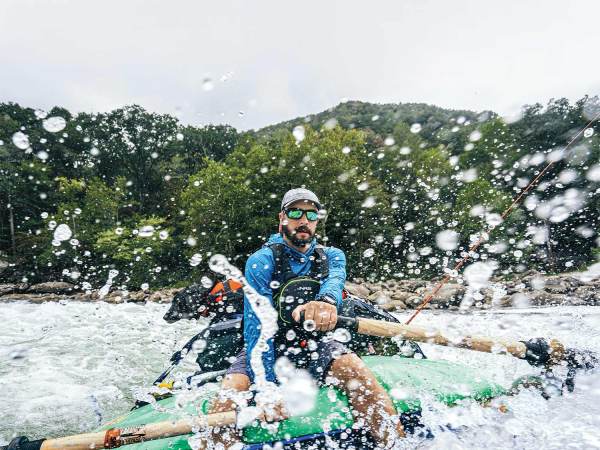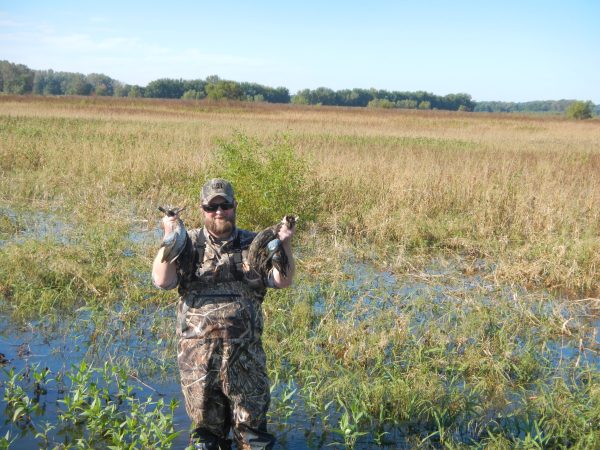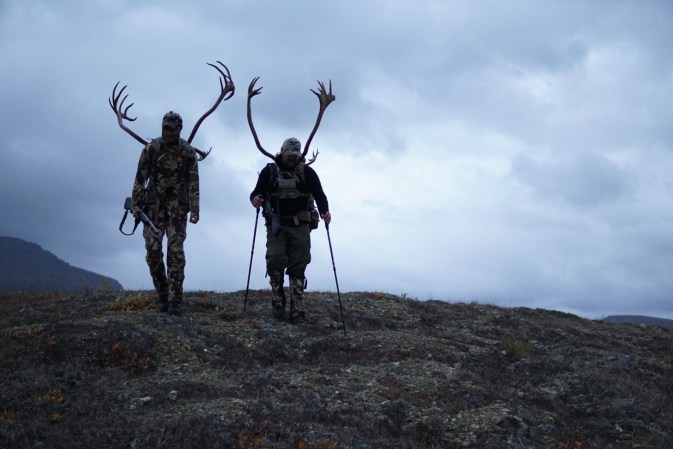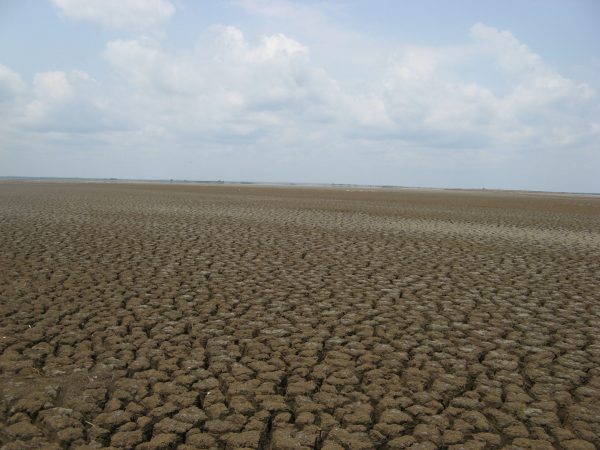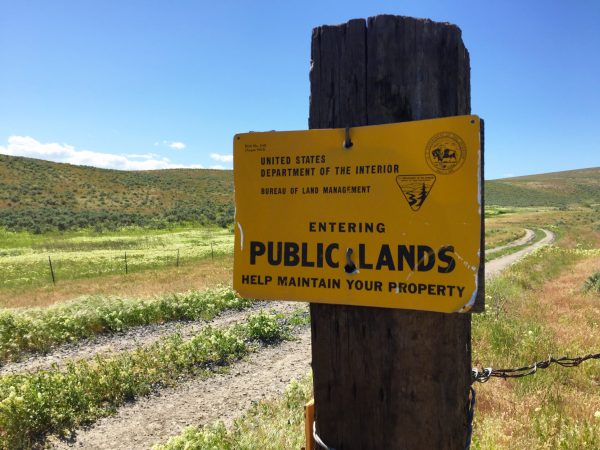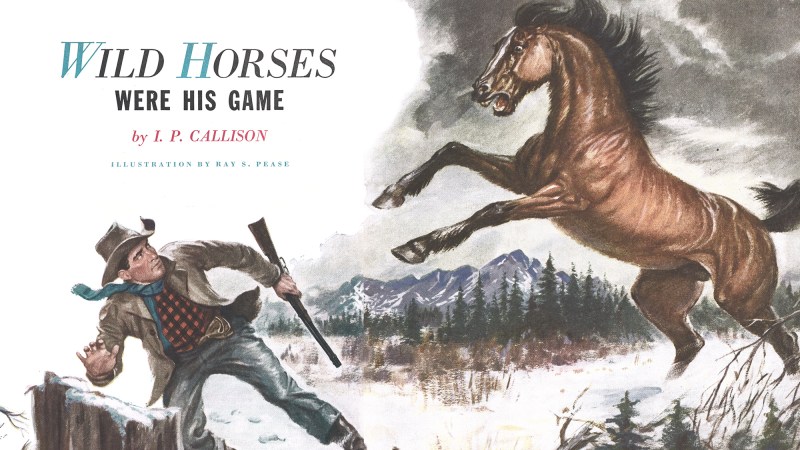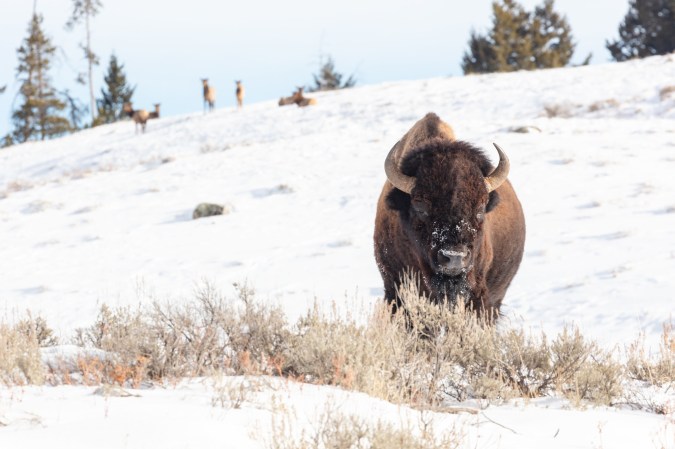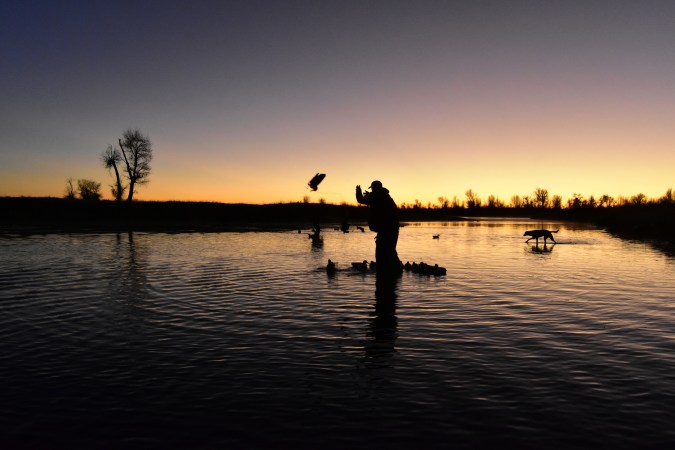We may earn revenue from the products available on this page and participate in affiliate programs. Learn More ›
Earlier this month, the Indian Creek Valley ATV Club in western Pennsylvania teamed up with Outdoor Life’s Open Country program to build new riding trails on private land leased to the club. What we learned, besides that building trail is hot, sweaty, satisfying work, is that there are necessary steps before the first face-slapping branch is cut. Here are seven considerations that should go into every ATV trail.
1. Planning
Before we began cutting trails at the ICV ATV Club, Al Sain had done his homework. Using topographical maps and GPS coordinates, Sain, the club’s secretary and ramrod, began plotting a new trail through the Pennsylvania woods using reflective tape to identify the course. By actually walking the course, Al had a chance to design—and later amend—the trail, and his final layout was designed to maximize the available land.
“I knew where we wanted the trail to begin and end, but as I walked through the woods I could visualize where the trail should go,” Sain says. Bearing in mind that this was a green-level trail (the easiest to navigate), he avoided difficult obstacles and designed the course with new riders in mind. Planning also helps prevent mistakes that have to be fixed later, and Sain says that working ahead of time helps keep trails organized. Instead of a spiderweb of short, straight trails that keep running over themselves, Sain’s club prefers to lay out trails that are longer and lend themselves to simpler trail maps.
2. Terrain
One of the first steps in establishing a successful ATV trail is having a thorough understanding the terrain. This varies from one location to the next, but the key is to maximize the experience for riders while maintaining a safe and easy-to-maintain trail system. In areas like southwestern Pennsylvania, there are abrupt elevation changes that provide a lot of up and downhill travel, but steep areas require diversion ditches and constant monitoring to quickly address erosion problems before they become a major problem. Flat ground provides easy travel, but rainwater collects on flat ground and creates large mud holes that continue to grow as passing machines eat up more of the soft mud. The key to establishing a successful trail is to utilize the terrain in the best way possible. At ICV, for instance, hillsides with large rocks become black-level advanced courses and provide challenging obstacles that require a high level of expertise and slow progression. Hillsides are always protected from erosion, but on flat areas water is diverted from some trails into mud holes to provide challenging courses for riders that aren’t afraid to get dirty.
3. Runoff management
Runoff is a major problem on ATV trails, especially in areas like southwestern Pennsylvania where steep slopes and abundant rainfall tend to erode paths. Heavy rains will quickly carve ruts in trails, and in areas where there are a lot of rocks, the soil will be lost and a jagged, tire-shredding stone will emerge. To help control runoff, Sain and his team utilize diversion ditches that cut across areas where rainfall would likely wash away the trail, channeling the damaging water across the trail and down the mountain.
“Some riders want to know why we put ‘bumps’ in the trail, but they are actually our diversion ditches and they are critical to properly maintaining trails.”
4. Speed of travel
“Everyone wants to go fast on [ATVs], and that causes problems,” Sain says. “For starters, speed is dangerous. In addition, it reduces your ride time.” To remedy this, the ICV trails snake their way through the terrain and require riders to take the time to navigate around rocks, through standing trees and over fallen logs. By doing so, these trails prevent excessive speed, which can damage trails and result in injuries to riders. The nearly half-mile trail that we cut meandered through a patch of woods, providing a very navigable yet challenging and scenic trail. In addition to limiting rider speed, these serpentine trails make the most of the available land—instead of straight, high-speed runs, riders weave through trees and around rock piles.
The easiest way to cut trails is by using a bulldozer or other heavy equipment, but these trails are usually wide open and straight, encouraging high speed. The members of the ICV ATV club cut their trails by hand, making them narrower and allowing much more flexibility when it comes to adding twists and turns that mitigate rider speed.
5. Difficulty
Not everyone who owns an ATV is ready to cross boulders and ride steep inclines. For that reason, the ICV ATV club divides their trails according to the level of skill required to navigate the terrain. Green trails are the simplest—fairly level and free of tough obstacles that can quickly overwhelm new riders. Intermediate trails are labeled with blue markers, and they present more challenging rides yet they aren’t exclusive to expert riders. These trails frequently cross rocks and uneven ground, though they are free of really challenging obstacles that demand a high level of rider skill. Black trails are the toughest, providing expert riders with a real challenge in the form of steep inclines and declines and obstacles that would overwhelm and endanger new riders. Signs at the entry and exit points of each trail indicate the skill level required so new riders don’t accidently end up over their heads.
6. Accessibility
Great trails provide easy access to riders and offer ample space for parking and unloading and loading of vehicles, so before construction begins it’s important for any ATV club to set aside ample land for these purposes. Originally, the ICV ATV club members had to park in an area that was away from their trailhead, and riders then had to travel some distance before they reached the trail system. Recently, thanks to cooperation from local landowners, the club established a parking area that provides plenty of space for lots of riders and is located only a few hundred feet from the trails. Additionally, trail maps provide clear directions through the entire property and make it easy for new members to find trails that are on-par with their skill level and to access scenic overlooks and picnic areas within the club’s 850 leased acres.
7. Teamwork
Cutting and maintaining trails requires teamwork, and having members who are willing to lend a hand makes it possible to improve existing trails and create new courses. I was on a team of five as we cut a new trail at the ICV club, and the work would have been overwhelming for one person. Our group worked quickly, though, with various members assigned to cut limbs, remove large trees with a chainsaw, trim weeds, and remove debris by hand. In a little less than three hours we had opened a new trail that meandered nearly a half-mile through the woods, and when you consider that the club is home to over 36 miles of trails, you can quickly see the level of member cooperation required to develop an extensive trail system.
Have you planned and constructed ATV trails? If so, leave a comment here so others can learn from your experience.
